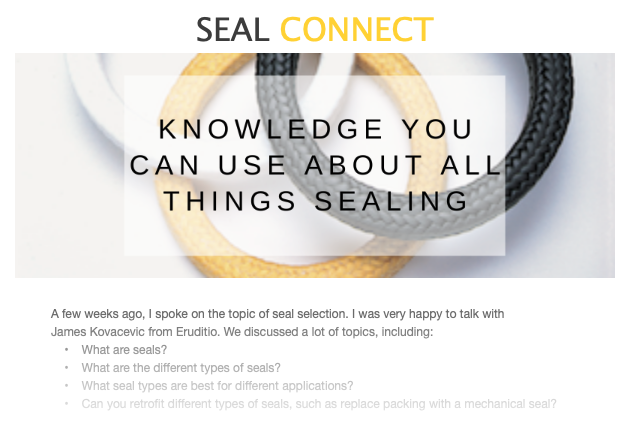Radial Movement in Industrial Pumps: Allowable Limits, Recognition, and Remediation

Radial movement in pump shafts, often referred to as shaft runout or radial displacement, is a critical parameter in ensuring the reliability and longevity of industrial pumps. Excessive radial movement can lead to mechanical failures, reduced efficiency, and costly downtime. This article outlines the allowable limits for radial movement, methods for identifying deviations, and best practices for remediation, based on industry standards and engineering principles.
Allowable Radial Movement
The permissible radial movement of a pump shaft depends on factors such as pump type (e.g., centrifugal, positive displacement), shaft diameter, bearing design, and manufacturer specifications. For centrifugal pumps, which dominate industrial applications, typical allowable radial movement ranges from 0.002 to 0.010 inches (0.05 to 0.25 mm) total indicated runout (TIR) at the shaft or bearing housing, as measured under operating conditions. Larger pumps or those with higher shaft diameters may tolerate slightly greater movement, up to 0.015 inches (0.38 mm), due to increased clearances and bearing designs.
These limits are derived from standards such as API 610 (for process pumps) and ISO 10816 (for vibration), which provide guidelines for acceptable shaft displacement and vibration. Exceeding these limits can result in:
- Increased vibration, leading to fatigue in components.
- Premature failure of mechanical seals or bearings due to uneven loading.
- Shaft deflection, causing misalignment or rotor imbalance.
- Reduced efficiency, as energy is lost to friction and vibration.
To ensure compliance, always consult the pump manufacturer’s documentation, such as the operation and maintenance manual, which specifies acceptable radial movement for the specific model. For critical applications, collaboration with a qualified rotating equipment engineer or sealing specialist is recommended to validate tolerances and optimize performance.
Recognizing Excessive Radial Movement
Early detection of excessive radial movement is essential to prevent catastrophic failures. The following methods, rooted in condition monitoring and predictive maintenance, are industry-standard for identifying issues:
- Vibration Analysis
Utilize vibration analyzers or continuous monitoring systems to measure frequency and amplitude of pump vibrations. Excessive radial movement often manifests as elevated vibration at 1x running speedor harmonics, indicating misalignment, imbalance, or bearing wear. Reference ISO 10816-3 for acceptable vibration thresholds for pumps. - Shaft Runout Measurement
Employ dial indicators or laser alignment systems to measure total indicated runout (TIR) at the shaft or coupling. Runout exceeding manufacturer specifications (e.g., >0.010 inches for standard centrifugal pumps) suggests misalignment, bent shafts, or bearing issues. For high-precision applications, non-contact eddy current probes may be used. - Visual and Component Inspection
Perform regular inspections of the pump, focusing on: - Bearing wear patterns, which may indicate uneven loading.
- Seal leakage, signaling excessive shaft movement.
- Coupling wear, suggesting misalignment.
Look for signs of fretting or scoring on the shaft, which are indicative of radial instability. - Thermal Monitoring
Use infrared thermography or embedded thermocouples to monitor bearing and seal housing temperatures. Elevated temperatures (>10°C above baseline) may result from increased friction due to radial movement or inadequate lubrication. Correlate thermal data with vibration trends for accurate diagnosis. - Seal Performance Monitoring
Excessive radial movement often leads to mechanical seal failure, characterized by leakage or shortened seal life. Monitor seal flush systems and barrier fluid pressures to detect anomalies.
Remediation Strategies
Once excessive radial movement is identified, prompt corrective action is critical to restore pump reliability. The following remediation strategies align with industry best practices:
- Precision Alignment
Misalignment is a primary cause of radial movement. Use laser alignment tools or reverse dial indicator methods to align the pump and driver within 002 inches (0.05 mm) parallel and angular misalignment, per API 686 guidelines. Verify alignment under operating conditions to account for thermal growth. - Bearing Replacement
Replace worn or damaged bearings with OEM-specified or equivalent bearings rated for the pump’s load and speed. Ensure proper bearing fit (e.g., ISO H7/k6 tolerances) and preload to minimize internal clearances. Post-replacement, validate bearing performance using vibration and temperature monitoring. - Shaft Repair or Replacement
If shaft runout exceeds allowable limits due to bending or wear, repair the shaft via metalizing or sleeving, or replace it with a shaft meeting OEM material and dimensional specifications (e.g., ASTM A276 for stainless steel shafts). Verify straightness to within 001 inches/ft (0.08 mm/m) using a latheor CMM. - Structural Reinforcement
Excessive radial movement may stem from inadequate pump mounting or foundation issues. Assess the baseplate and foundation for rigidity using finite element analysis (FEA) or modal analysis. Reinforce with grouting or stiffeners to ensure compliance with API 610 baseplate standards. - Lubrication Optimization
Inadequate lubrication exacerbates radial movement by increasing friction. Use ISO VG 32-68 oils or NLGI 2 greases, as specified by the manufacturer, and maintain proper lubrication schedules. Implement oil analysis to monitor for contamination or degradation. - Proactive Maintenance Program
Establish a condition-based maintenance (CBM) program incorporating: - Routine vibration analysis (monthly or per operating hours).
- Alignment checks every 6-12 months or after maintenance.
- Lubrication schedules based on operating conditions.
- Seal and bearing inspections during planned outages.
Remember
Radial movement is a critical indicator of pump health, and maintaining it within manufacturer-specified limits is essential for reliable operation. By leveraging advanced diagnostic tools—such as vibration analysis, laser alignment, and thermal monitoring—operators can detect excessive movement early. Targeted remediation, including alignment correction, bearing replacement, and lubrication optimization, ensures long-term performance and minimizes downtime.
For optimal results, adhere to industry standards (API 610, ISO 10816), consult manufacturer guidelines, and engage rotating equipment specialists for complex issues. A proactive approach to monitoring and maintenance will extend pump life, enhance efficiency, and ensure operational reliability in demanding industrial environments.
 SEAL CONNECT
SEAL CONNECT Find Your Sealing Solution
Find Your Sealing Solution